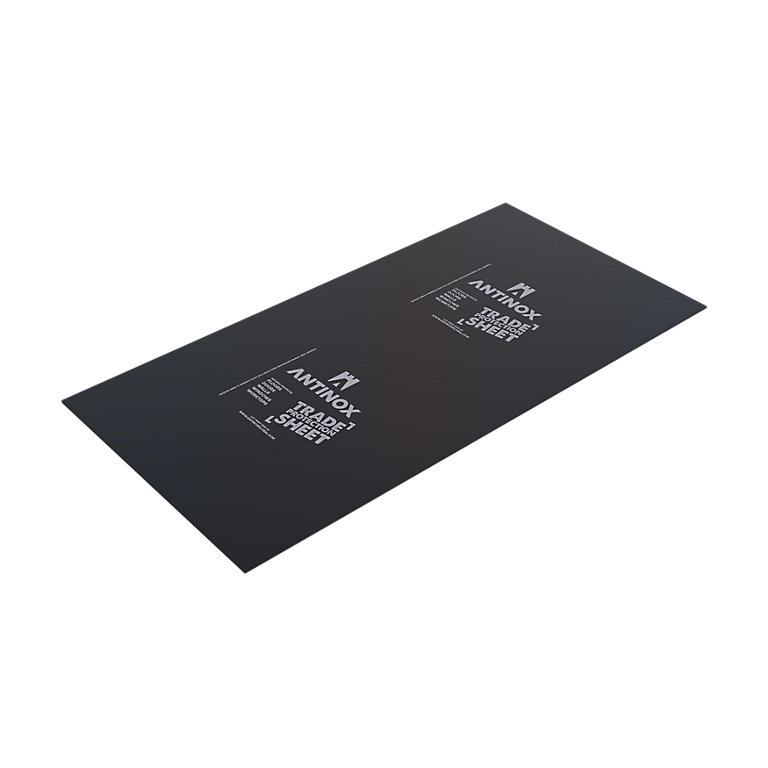Robotsan
Club Member
Check out Resincoat. My garage only stayed a few degrees above outside temp but insulating the roof improved it a bit. The game changer was installing a radiatorI was thinking about the floors, as I've got a lumpy concrete floor at the moment and I'm assuming that's not good for temperatures. Is putting epoxy resin down like using self levelling compound? I imagine my garage only stays a few degrees above the outside temp.
That's what I asked earlier in the thread as I'd heard the same.
I have a single garage built in the 80s I think. Think it's a single course of bricks with a layer of insulation which is then covered with a layer of plasterboard and the ceiling is the same but with wood. Then I've got a draughty garage door and a thin wood door at the other end which is pretty well sealed.
So would I be best off installing a fan at each end to get the air flowing through it?
I was thinking about the floors, as I've got a lumpy concrete floor at the moment and I'm assuming that's not good for temperatures. Is putting epoxy resin down like using self levelling compound? I imagine my garage only stays a few degrees above the outside temp.
Check out Resincoat. My garage only stayed a few degrees above outside temp but insulating the roof improved it a bit. The game changer was installing a radiator
That sounds pretty similar to my garage.
I think perhaps quick changes in temperature can cause some damp. The best thing I did was insulate the metal garage doors which helped stabilise the temperature inside. It keeps the temperature from dropping too low and before I did it I think that as the outside air warmed up or when the sun hit the garage door it warmed up the air too quickly and any damp in the air condensed on the very cold surfaces.
Now it stays a fairly even temperature. It’s cold in the winter but not freezing and nice and cool in the summer. I haven’t noticed any damp since.

I was considering that too. What did you use to insulate the door?




I love an experimenta cheap way of determining the garage environment is to place some small raw steel sheet offcuts in each corner and see how it reacts?
Mine is 90's built, double length, half pitched roof, bare concrete floor, door at the end into garden, garage door is snug but not sealed, no insulation anywhere.I have a single garage built in the 80s I think. Think it's a single course of bricks with a layer of insulation which is then covered with a layer of plasterboard and the ceiling is the same but with wood. Then I've got a draughty garage door and a thin wood door at the other end which is pretty well sealed.
So would I be best off installing a fan at each end to get the air flowing through it?


Good device, useful.I bought a humidistat. It's Bluetooth so I can track humidity and temperature over time too - which should be useful, especially when trying to assess the success of any improvements I make!
Quick alarming stats for the first night though..
View attachment 61585
View attachment 61586
Annoyingly the app only reports in Farenheit, but that's gone from about 22°c (must have warmed up in the sun yesterday?) to 10°c at 8am, which is pretty much exactly the outside temp.
More worrying, humidity rose to 92%, which again is exactly what it is outside right now.
So I'm guessing a more sealed and insulated garage wouldn't get as cold and as humid as the outside world?
I've never seen condensation on the car or on anything in there though.
@admins - maybe we should move this discussion to its own thread - as this has kind of taken over @Banshee_240Z's thread?

Humidity and it relativity to temperature is frequently misunderstood. Essentially condensation will occur where atmospheric humidity exceeds 100%. It can happen within buildings including garages and also in vehicles. Careful maintenance of air temperature against background humidity is really the only protection to condensation and risk of corrosion or other surface damage. Either maintain background air temperature at a level above dewpoint which is itself a variable or mechanically remove excess air moisture in a sealed environment by dehumidification. Otherwise just accept that a degree of corrosion will naturally occur, even in a garage and take steps to minimise its effect. I find that laying old cardboard beneath my cars is quite effective and tends to absorb condensing moisture. It needs to be replaced or at least dried out now and again outside on a dry sunny day.
I always thought if the metal was colder than ambient humid air that would be sufficient to cause condensation = conditions for rustSo it's only when there's condensation on things that they'll rust? I was under the misconception that it was just if the air was humid enough, things will rust. But it has to actually condensate onto the surface?
